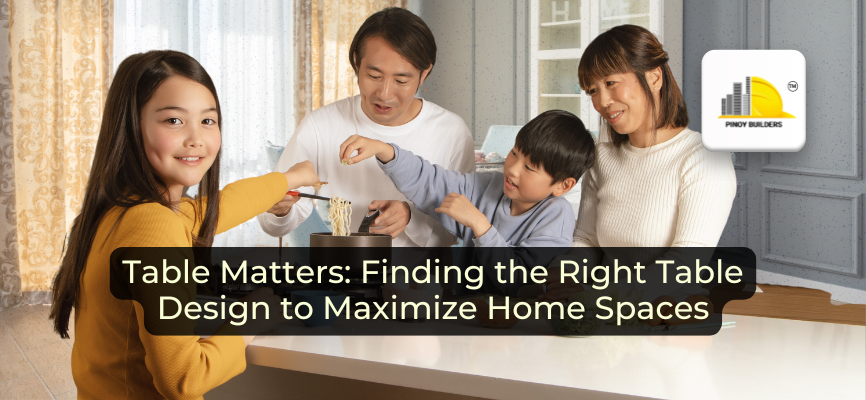In the Philippines, dining tables are more than just functional furniture; they serve as the centerpiece for gatherings, meals, and conversations in modern homes. Because of this, choosing the right dining table design is an important step to completing a family home. The right table will not only complement your home’s aesthetic but also impacts how well you can utilize your space.
From material durability to style considerations, making an informed choice can significantly enhance the comfort and appeal of your living area. In this article, we’ll explore the most common dining table materials and how they affect space usage, durability, and design.
Pros and Cons of Common Dining Table Materials
1. Wood
Wood, especially solid wood varieties like oak, walnut, and pine, remains a favorite for its timeless look and versatility. Engineered wood options provide a more affordable alternative while maintaining a similar visual appeal. Whether you lean towards rustic, modern, or farmhouse styles, wood effortlessly adapts to various interior themes.
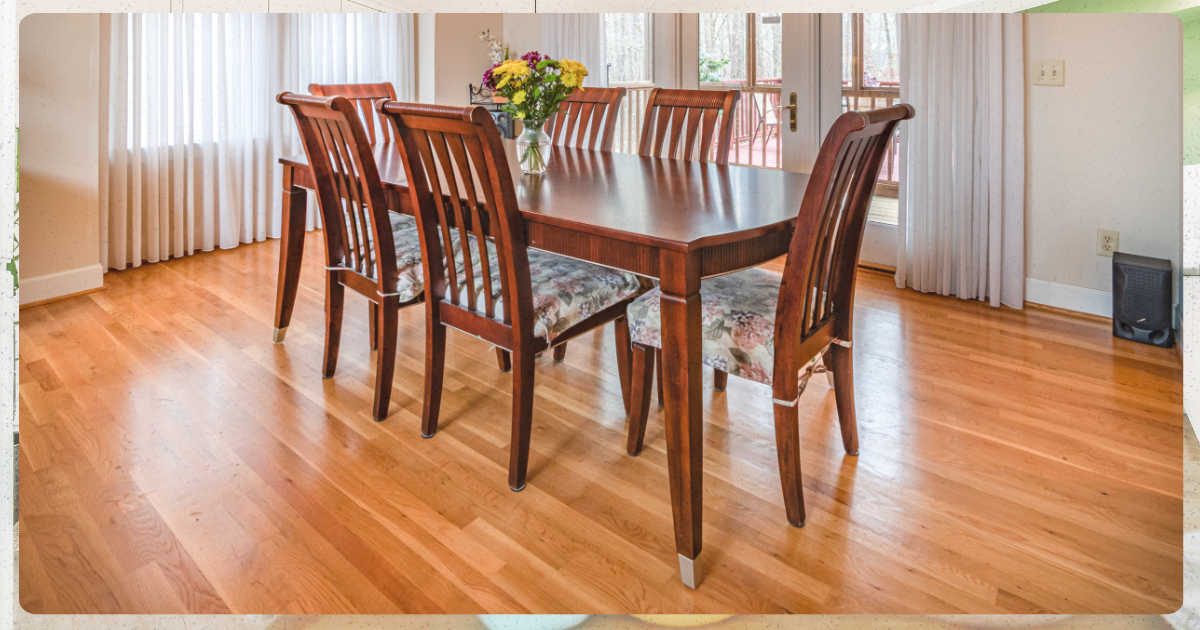
- Pros: Durable, long-lasting, and simple to repair with refinishing.
- Cons: Prone to moisture damage and scratches and requires regular maintenance such as polishing and dusting.
2. Glass
Glass tables are often associated with contemporary and minimalist designs. The reflective quality of glass helps brighten rooms and gives the illusion of more space, making it a popular choice for smaller dining areas or open-plan homes. Its clean, sleek look provides a sense of airiness that heavier materials might lack.
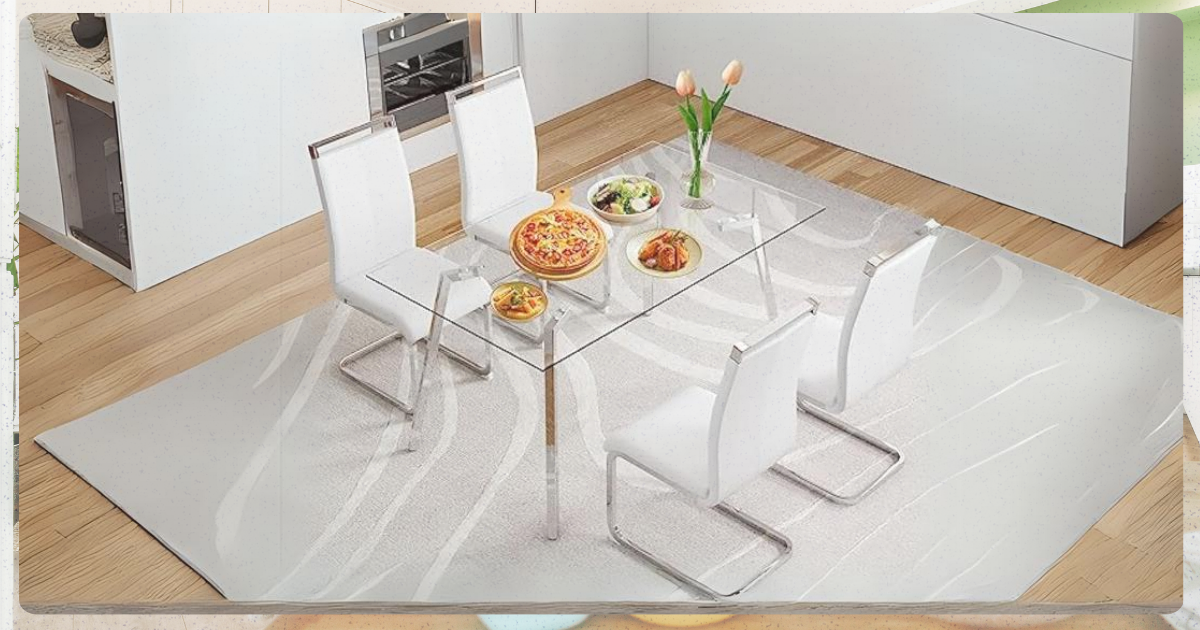
Image from Ubuy Philippines
- Pros: Its transparent surface makes spaces appear larger and is simple to clean.
- Cons: It is easily scratched or chipped and requires frequent cleaning to maintain a smudge-free appearance.
3. Metal
Metal tables or those paired with metal elements thrive in industrial-style interiors. The strength and durability of metal make it an appealing choice for long-term use. It’s often paired with wood or glass to add bold, modern contrasts within a room.
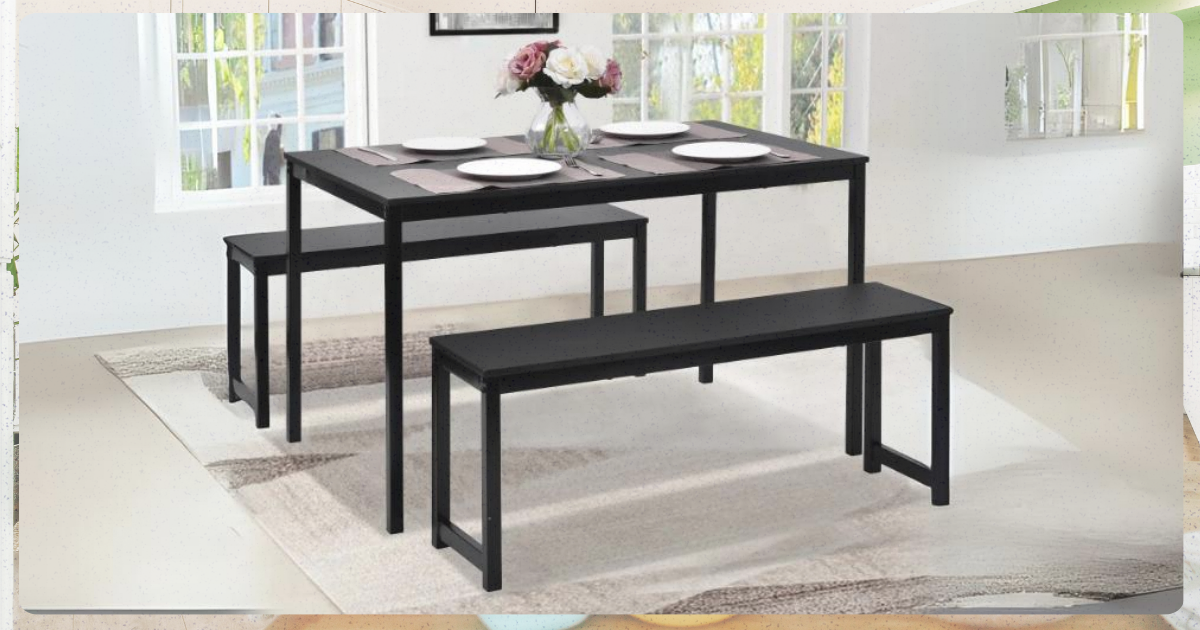
- Pros: Extremely durable, resistant to damage from heat and moisture, and low maintenance.
- Cons: Heavy and may rust in certain conditions. Its industrial look may not fit all interior styles.
4. Marble and Stone
For a touch of luxury, marble or stone tables are an elegant option. Their unique veining and intricate patterns turn any dining table into a statement piece. Often seen in high-end or designer spaces, these materials exude sophistication and can anchor a room with their bold presence.
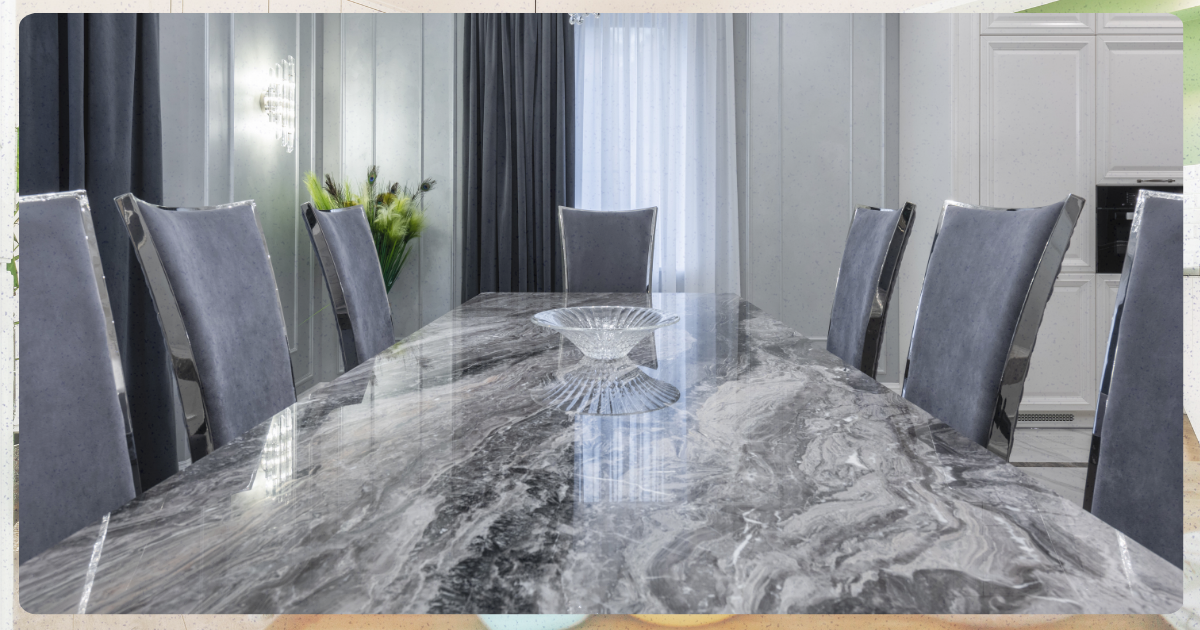
- Pros: Luxurious, highly durable, and resistant to heat and scratches.
- Cons: Expensive, heavy, and porous, making it vulnerable to stains without proper sealing.
5. Laminate and Veneer
More budget-friendly than solid wood or stone, laminate and veneer offer affordable alternatives without compromising on style. These materials are available in a variety of finishes, replicating the look of wood, stone, or even metal at a fraction of the cost.
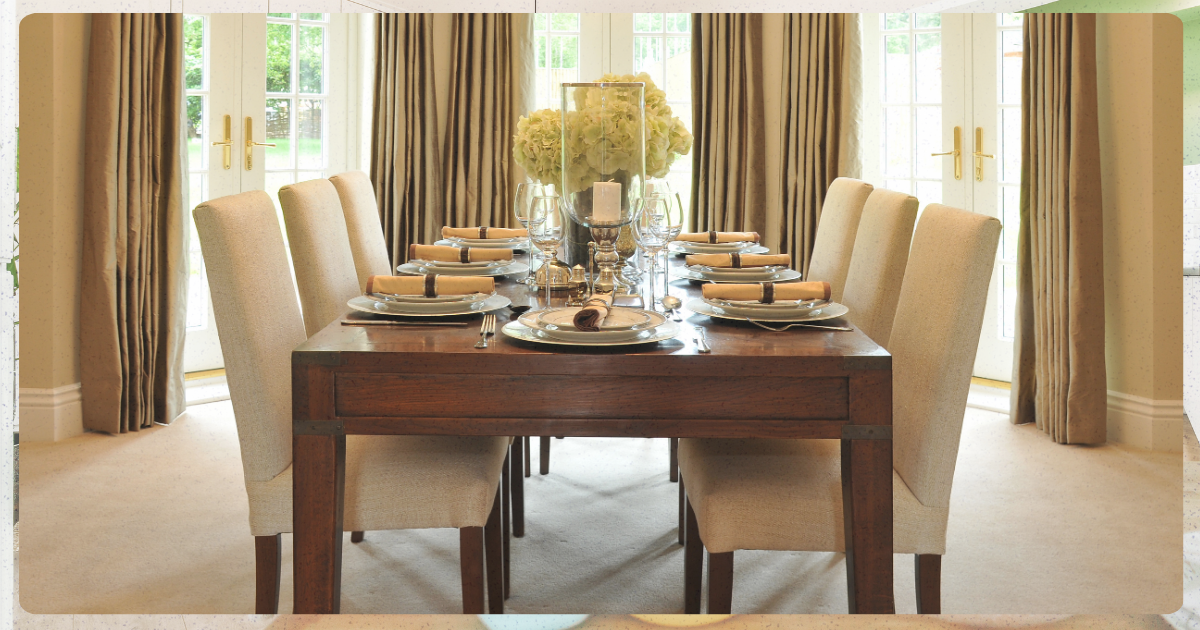
- Pros: Budget-friendly, easy to clean, and available in many styles.
- Cons: Less durable, prone to peeling or chipping, and less resistant to heat or moisture compared to solid wood or stone.
Factors to Consider When Choosing the Right Table Material
Personal Style
Your table should reflect your personal taste and harmonize with your home’s overall aesthetic. Wooden tables suit rustic and traditional homes, while glass tables can elevate modern or minimalist interiors.
Usage
Consider how often the table will be used and by whom. Families with children may prefer materials like wood or laminate that can withstand everyday wear and tear, while glass or marble tables may be better suited to homes with lighter usage.
Maintenance Requirements
Every material has its own maintenance needs. Glass tables require frequent cleaning to keep them looking pristine, while wood may need occasional polishing to preserve its luster. Choose a material that matches the level of care you’re comfortable with.
Space Optimization
Different materials can affect how a space feels. Glass, for example, reflects light and creates the illusion of more space, making it ideal for smaller dining rooms. In contrast, heavier materials like wood or stone can ground a larger room but may feel overwhelming in tight spaces.
Finding the Right Table Design

Choosing the right dining table material goes beyond aesthetics. It requires consideration of your home’s style, the table’s functionality, and the level of maintenance you’re willing to commit to. The perfect table can serve as both a practical centerpiece and a beautiful addition to your home, enhancing its overall ambiance.
References:
Paolo Moschino. (n.d.). Mastering Dining: Your Guide to Choosing the Perfect Table. Paolo Moschino. Retrieved October 15, 2024, from https://www.paolomoschino.com/mastering-dining-your-guide-to-choosing-the-perfect-table/
Shackell, S. (n.d.). Dining Table Buying Guide. Grain & Frame. Retrieved October 15, 2024, from https://www.grainandframe.com/buying-guides/dining-table-buying-guide/


